Caffeine Content in Tea and Coffee - Tracking Caffeine
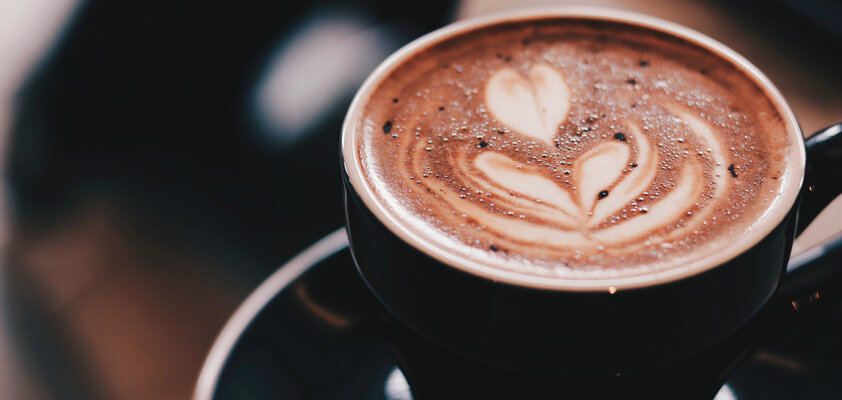
Happy chirping from the alarm clock. It's 7 a.m. Another turn, bury the face in the soft pillow, enjoy the warmth under the blanket. Next attempt, the full-bodied aroma of the morning coffee kick spreads in the room. The cup of coffee in the morning wakes up and makes many of us happy. If someone brings it to bed with love, even more so. Each of us has our morning routine. For most, a hearty first sip of coffee, alternatively tea, is part of it. But why is that actually?
Caffeine - substance for the soul
Coffee has it, green and black tea as well, and chocolate, of course. Caffeine (scientifically Coffein). In tea, it is called theine (also thein, tein). This nerve and circulatory stimulating substance, classified as a stimulant, is available to both bitter and sweet enthusiasts. It has propelled the food and advertising industry to peak performance, packaging it into beverages like cola and energy drinks, e.g., Club Mate, as well as into emotional advertising. This sells us the joy of a successful start to the day thanks to the first cup of coffee, tells us the story of the Christmas truck fairy tale, or the big 'Thank you for being there.' Continuous exposure to sweet promises, thanks to caffeinated drinks and confectionery, with which we grow up. One beautiful day, after chocolate, cola, maybe even mate tea and guaraná, coffee then gets its moment. The first sip is tried, possibly postponed again, and eventually integrated into everyday life in constant repetition. Drinking coffee means growing up. A sip of socialization that gradually settles into the bed of habit, sip by sip.
Dance of the molecules
While coffee is for enjoyment, caffeine, with its stimulating effect, is for waking up. Both work. For the former, the aroma of exquisite coffee beans is responsible, while for the latter, it's the psychoactive effect of the naturally occurring purine alkaloid found in plants. It can be harvested from coffee beans, cocoa fruits, the nuts of the cola tree, the seeds of the guarana tree, as well as the leaves of tea bushes and mate plants. This doesn't mean that caffeine isn't also available in synthetic form on the market. Either way, it has an awakening effect, which is why its consumption now extends throughout the entire day in our performance-oriented society. Just 100 milligrams, equivalent to a small cup of filter coffee, are enough for the wake-up boost, which unfolds after 15 to 45 minutes through binding to adenosine receptors in the tissue of the central nervous system, their blockade, and the release of cortisol and adrenaline. Blood pressure and heart rate rise as a result, and the breakdown takes about 4 hours. The recommended values vary, as personal sensitivity and regularity determine the effect and the timing. Like with anything that becomes a habit, the effect also diminishes over time, and the human body needs more – the cycle of dependency begins. This is particularly favored by additional positive effects, which, perhaps unconsciously, allow us to accept coffee as a good compensatory asset for movement, rest, or sleep.
When we drink coffee, not only does our mood improve, but our thinking ability also increases. We can concentrate better and become more productive. Our bronchi also expand, supplying the muscles with more oxygen, and our body coordination improves. Our blood vessels narrow. If, for example, we had a headache, we would perceive that it decreases with moderate coffee consumption. Furthermore, caffeine increases neurotransmitters such as serotonin or dopamine in the brain, which is why it is also used in the pharmaceutical industry. It is also suspected to activate and stabilize cognitive abilities in old age and has positive effects on type-2 diabetes, Parkinson's, depression, or liver diseases.
Who dances doesn't worry - Bittersweet stumbling blocks
What few really think about are the side effects that caffeine can bring in excessive doses. From a consumption of 5.3 mg/kg body weight, caffeine can lead to gastrointestinal complaints, trouble falling asleep, or even insomnia, inner restlessness, anxiety, nervousness, sweating, irritability, heart rhythm disturbances, and incontinence, in addition to its generally stimulating effect.
For reference: 1 small cup of filter coffee (200 ml) contains approximately 90 milligrams of caffeine. Individuals with pre-existing conditions, such as cardiovascular or thyroid diseases, should refrain from high caffeine content. Here, caffeine correlates with medication.
For children and adolescents per day: Tea, cocoa, chocolate, and if applicable, coffee up to the age of 10 should not exceed a maximum of 0.2 mg/kg body weight, and up to the age of 18, a maximum of 1.4 mg/kg. Since caffeine easily crosses the placenta and can harm fetal growth, pregnant women should be particularly cautious here, better yet, completely abstain. Athletes in competition or training mode should not exceed the 2 mg/kg body weight limit to prevent dizziness and palpitations.
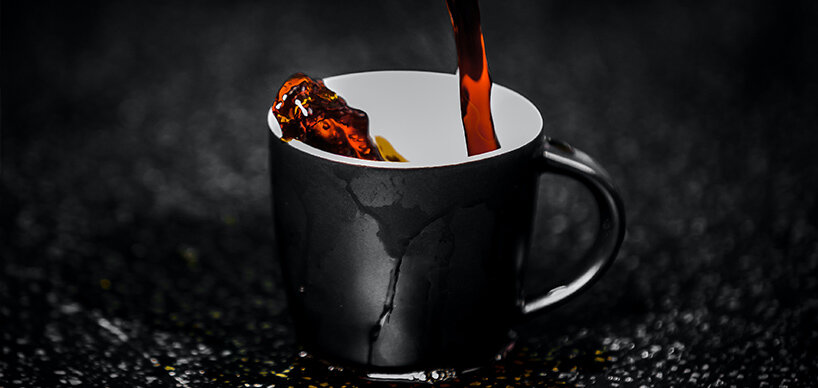
For rough orientation: the caffeine content in 50 g of chocolate is approximately 25 mg for dark chocolate and 10 mg for milk chocolate; cocoa ranges from 8-35 mg per 200 ml, depending on strength; 330 ml of cola contains 35 mg of caffeine, and 250 ml of energy drink contains 80 mg. Mate tea has a robust 80 mg per serving, just 10 mg less than 200 ml of cappuccino. A cup of espresso, per 60 ml, also has a higher caffeine content of 80 mg. These values are comparatively high, as 200 ml of green tea has only 30 mg, and black tea has 45 mg for the same amount. For those interested in specific guidelines according to current research and regarding various types of tea, coffee, chocolate, etc., there is a comprehensive overview available from the Association for the Promotion of Holistic Health: https://www.gruenertee.com/koffeingehalt-tee-kaffee/
One speaks of an overdose at 1 gram of caffeine. So, for those who are daily coffee enthusiasts, it's essential to keep an eye on their consumption. For those looking to quit, they may face withdrawal symptoms ranging from fatigue to exhaustion. This often accompanies headaches and even nausea. Lethargy, irritability, and in the worst case, depression-like states are also possible. A milder course of 'Cold Turkey' is facilitated by gradual conditioning down, i.e., less 'cold' but somewhat longer in duration. Alternatively, decaffeinated coffee could be an option. However, let's first take a look at green tea.
Green tea - health prevention from the cup
Green tea originally comes from China and has been part of the culture there for over 5,000 years. The real tea plant (Camellia sinensis), belonging to the plant genus Camellia and the tea family (Theaceae), is home to Green, Black, and White tea, as well as Oolong tea and Pu Erh. Compared to coffee, this leaf tea offers a variety. The stimulating effect of coffee is no different with Green Tea because tea is caffeine. What Green Tea has to offer beyond that is many other ingredients with positive effects. In contrast to coffee, which consists of water, caffeine, carbohydrates, lipids, proteins, acids, minerals, and flavorings, Green Tea primarily contains the amino acid L-Theanine. This also ensures relaxation - body, mind, and soul are clear due to caffeine, but calm, not hyperactive and in high gear as under the influence of coffee. Here is the blog article.
Side effects arising under the scepter of caffeine are therefore avoided. Other important ingredients in green tea are catechins, saponins, bioflavonoids, and carotenoids. All of them have been proven to have health-promoting effects. For example, bioflavonoids promote immune defenses, and the risk of heart attacks is even reduced by 33%. In addition, the effect of vitamin C and Q10 is increased, and the consumption of vitamin E is reduced. Catechins, for example, help protect against viruses and bacteria or support the increase in the body's energy basal metabolic rate.
All four of them can inhibit the development of certain types of cancer. Their positive effects are extensive (Blog article: Green Tea: Effects), as is the variety of green tea varieties (Blog article: Japanese Green Tea), which are considered thoroughly health-promoting.
The trendsetter among them is currently the Matcha Tea.
Made from ground green tea leaves, Matcha is a maestro. In the West, it performs its ceremonial solo excellently, calling for calmness, mindfulness, and care, not just in the brewing and steeping of its green counterparts but also in the instruments used, the preparation, and the consummate enjoyment. At the moment, Matcha is creating diverse circles with its extract. It is not only consumed as tea but also in cocktails, smoothies, lemonades, cakes, cookies, desserts, ice cream, and even pasta sauces. Particularly popular in cafes is the Matcha Latte – an empowered Latte Macchiato. Matcha has made tea hip in Germany. Originally from China, it arrived in Japan only in the 12th century and much later in the West. To produce Matcha, the whole leaves of the tea bush are harvested after being shaded with nets and bamboo mats for some time. The harvest is treated with steam, then dried, and finally ground into fine powder using stone mills. This process is derived from the ancient understanding of green tea as a medicinal plant. However, only the tender parts of the leaves are suitable for pulverization, which explains its price, ranging from 20 to 50 euros for 30 grams. In taste, it is herbaceous but not bitter, creamy and intense, occasionally nutty or even fruity – this is how Matcha presents itself in the moment of self-care. Those who drink green tea enjoy variety and do something good for themselves.
Despite the phenomenal effects of green tea and especially Matcha, the coffee bean still dominates the world market like no other. Coffee is the favorite beverage of the Germans. However, there are plenty of reasons to choose a cup of tea instead.
Foreign cultural property as a domestic cult drink
Coffee, belonging to the plant family Rubiaceae, has been around since 850 AD according to legend, today with over 800 different flavors from up to 124 different species. Having a good knowledge of coffee is like the art of wine tasting, a science in itself. The varieties Arabica (Coffea arabica = coffee from Arabia) and Robusta (Coffea canephora/robusta) are particularly popular, available in many different nuances. The former is considered high quality and accounted for 60% of world trade in 2018, while the latter still made up 30%. These numbers also fluctuate. Arabica coffee, also known as mountain or Java coffee, is mainly grown in South America (Brazil, Colombia, Ecuador, Nicaragua, Jamaica, and Costa Rica), as well as on the African continent (Ethiopia and Kenya). The beans thrive in highlands between 600 and 2000 meters, resulting in a fine acidity profile and mild caffeine content. The exquisite coffee variety owes its name to its origin, which is said to be in Yemen and Sudan. However, other sources claim Abyssinia, modern-day Ethiopia, as the source of origin. What is certain is the widespread cultivation of coffee in Arab countries in the 15th century, where the drink was also referred to as the 'Wine of Islam'. The term 'coffee' is derived from the Arabic word 'Qahwa' or 'Kahwe'. On the other hand, Robusta coffee lives up to its name. It grows at altitudes of up to 700 meters, making it a lowland coffee exposed to environmental conditions such as heat and humidity, making it more resistant. It is cultivated in Indonesia, Vietnam, and West Africa.
Just like coffee, the first coffee houses, which emerged around 1530, originated in the Orient, specifically in Damascus and Aleppo. Unfortunately, the culture from which we adopted coffee in the 16th century has disappeared from there.
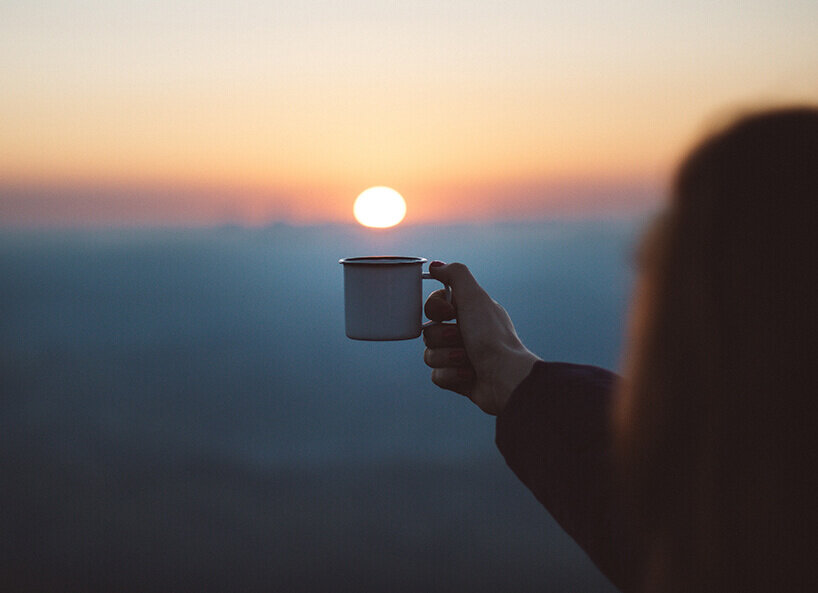
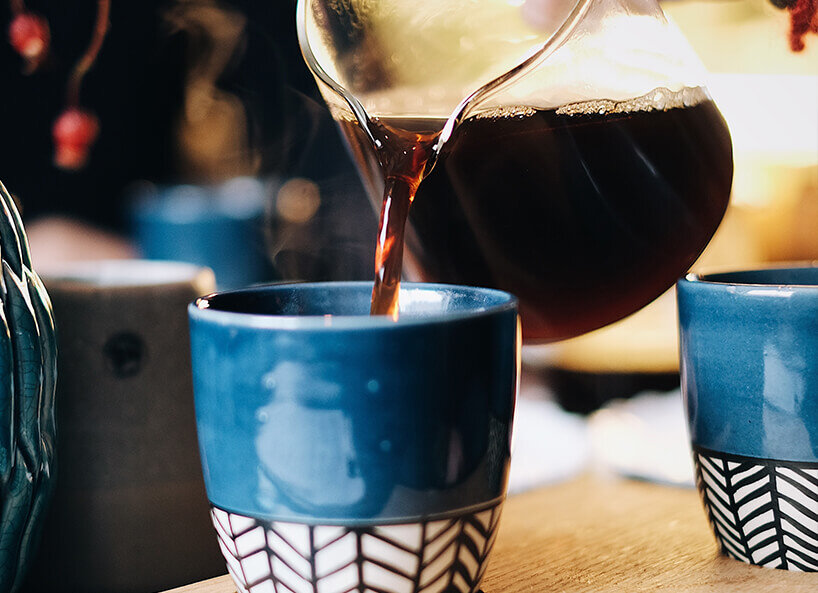
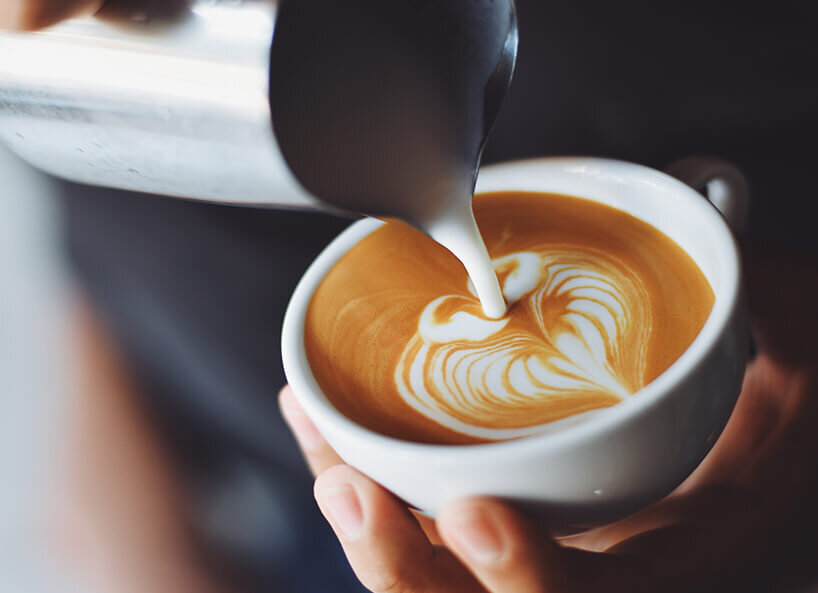
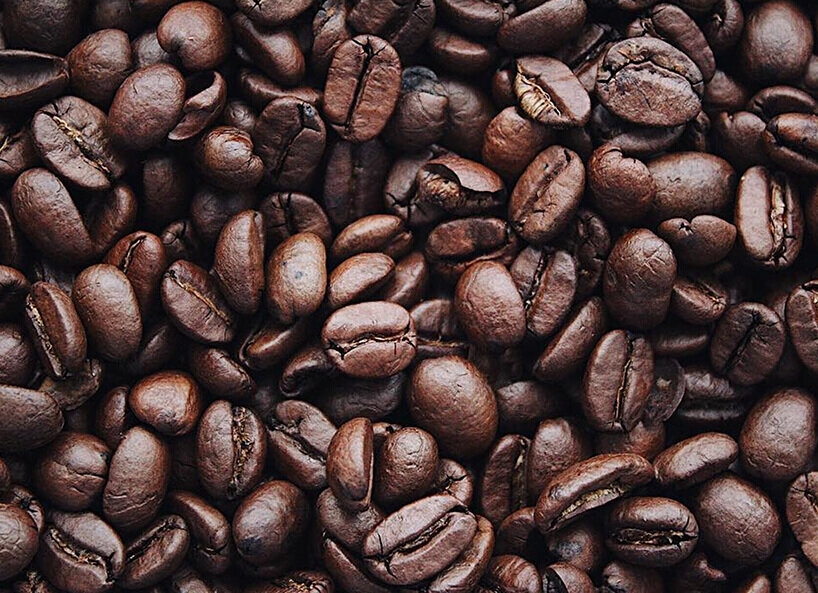
Can coffee also be green?
Before the 20th century, coffee beans were roasted at home, but the industrial production took over and started producing instant coffee in large quantities. One of the most well-known manufacturers today is Nestlé. The company significantly promoted the commercial marketing of soluble coffee powder in the 1930s. Currently, around 158 million sacks of 60 kg of green coffee beans are produced worldwide each year. These beans are harvested and processed in the producing countries, undergoing initial processing before embarking on the long journey to consumer countries. The beans are transported by container ship to processing facilities where they undergo roasting, referred to as refinement, grinding, and further resale. Through intermediaries, the high-quality coffee then finds its way to our cafes, morning breakfast tables, or even nightstands, as well as those in the office, to spoil us with a pleasant aroma, wake us up, and keep us alert.
When someone benefits, it often means that someone else has to bear the costs. In the case of coffee, these are the seasonal workers on the countless coffee plantations worldwide, who work for low pay and without any security for a few months a year. Among them are also forced laborers and children, an open secret that hardly wakes anyone up here. Not to mention the costs to the environment, which suffers massively under the impact of monocultures, as they need space where coffee trees can be planted, in tropical regions north and south of the equator. For this purpose, rainforests are diligently cleared, destroying the home of countless animal and plant species, which are now lost to the world forever. The loss of these immensely large forest areas leads to a now threatening condition for the overall ecosystem, as the rainforest is aptly referred to as the 'Green Lungs of the Earth'. Without it, we will run out of oxygen in the West eventually. The loss of biodiversity also creates an imbalance among the remaining species. The birds can no longer control the number of pests, pesticides are used more frequently to protect fields. Soils and waters are poisoned, and their 'new ingredients' are distributed globally in the endless cycle. This also applies to herbicides, which, in the subsequent process around soil erosion, are increasingly used.
The answer to the question of whether coffee can also be green is a bit nuanced. Not currently, given the extreme demand from Western consumers for whom coffee enjoyment is no longer a luxury but a habit at low prices. Perhaps it's time to break this habit and instead drink good and, above all, sustainably produced, fair tea. Of course, and this is the most important, solely for enjoyment, so that supply and demand balance out.











-from-the-yakiyaki-grill-pan.jpg)




